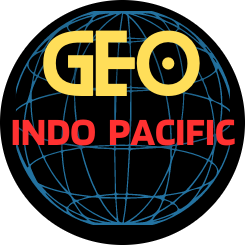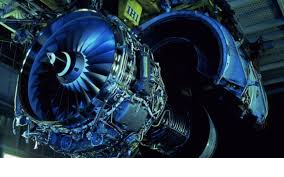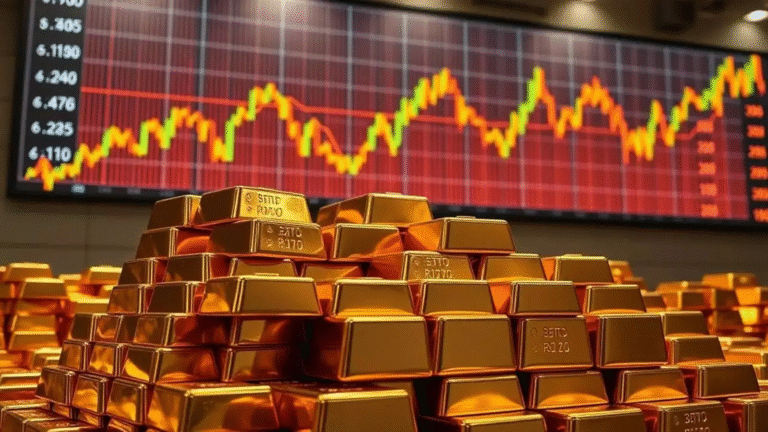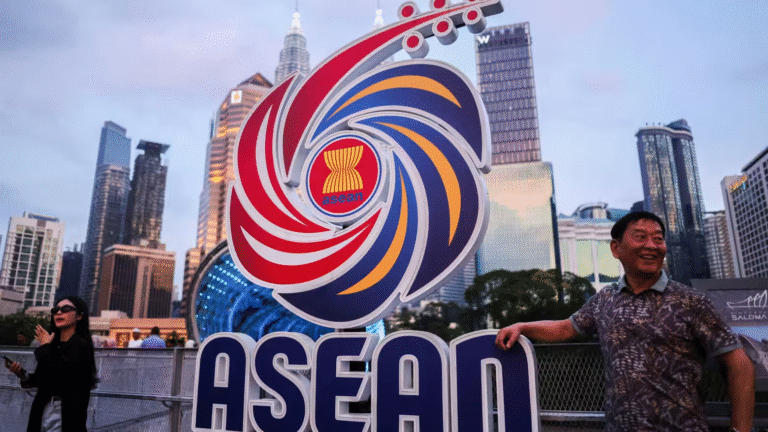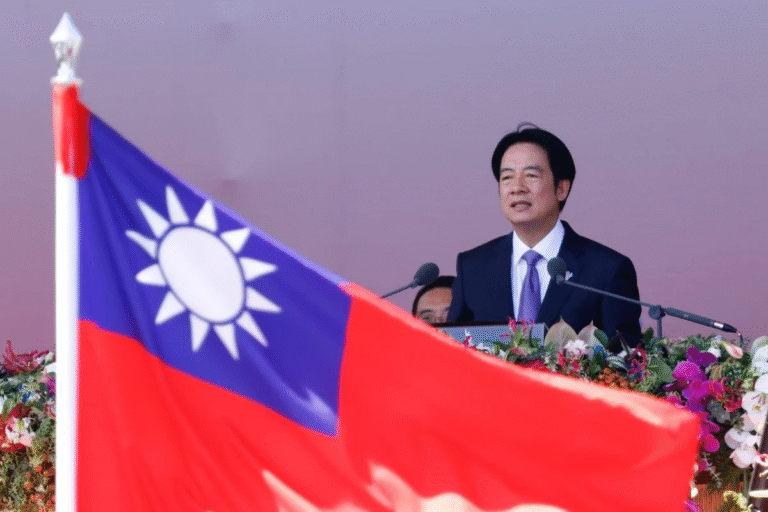
Australian Prime Minister Anthony Albanese’s recent visit to China signals that the two nations’ bilateral rapprochement is gaining momentum. However, the seemingly deepening ties between the two countries are likely to cast a shadow over Taiwan’s geopolitical strategy of avoiding the ever-present threat of invasion from China.
This visit wasn’t Albanese’s first since taking office. In November 2023, he became the first Australian prime minister to visit China since 2016, under Malcolm Turnbull. For this reason, Albanese’s trip was interpreted as marking a thaw following a prolonged freeze in Australia-China relations. Since then, Albanese has maintained a consistent track record of efforts to rebuild and stabilize relations with Beijing.
Before Albanese and his Labor government came to power in 2022, Australia had been caught in a diplomatic tug-of-war with China. Previous Australian governments banned Huawei and launched an international inquiry into China’s handling of the COVID-19 outbreak. Australia then faced retaliatory trade measures from China, some of which Canberra brought to the World Trade Organization.
Human rights concerns, including issues in Xinjiang, Tibet and Hong Kong, further strained the relationship.
Throughout, Australia has worked to carefully balance its economic ties with China while maintaining its strategic alliance with the United States and strengthening its partnerships in the Indo-Pacific. After all, even when ties hit their lowest point, China remained Australia’s largest trading partner.
Even Albanese’s most recent trip had a clear economic focus. He was accompanied by a large business delegation, underscoring Australia’s determination to reinforce its economic relationship with China. He further reiterated that “strengthening security and economic interests will boost Australian jobs and support Australian businesses.”
Indeed, China remains a crucial trading partner. As the prime minister highlighted, China is the largest importer of iron ore, Australia’s most valuable export. Coupled with China’s dominance in steel production, this partnership offers opportunities for both countries to collaborate on steel decarbonization, potentially advancing Australia’s emissions reduction goals.
However, as Australia-China relations seem to be deepening through strategic trade agreements, it also raises concerns about the potential geopolitical risks, particularly that Australia’s foreign policy could be constrained by China’s economic coercion, as past experience has shown. As tensions across the Taiwan Strait persist, closer economic cooperation with China is likely to limit Australia’s ability to respond effectively if a conflict involving Taiwan escalates into a broader regional crisis.
While strengthening trade ties with China may serve Australia’s national interest, this should not come at the expense of overlooking Taiwan’s role as a key strategic partner in the Indo-Pacific region. Instead, Australia could continue exploring and deepening meaningful cooperation with Taiwan based on the progress that has already been made.
Indeed, while Taiwan’s trade volume is not comparable to China’s due to its smaller population and market size, it remains a significant economic partner for Australia. Taiwan is currently Australia’s seventh-largest export destination and 12th-largest two-way trading partner, but importance goes far beyond raw figures. Although Taiwan is unlikely to compete with Australia’s largest trading partners in terms of volume, its dominance in advanced technology and other strengths make it an indispensable strategic partner.
Beyond Taiwan’s widely recognized strengths, such as its resilience against information warfare and its commitment to high-standard democratic values, its global leadership in advanced semiconductor manufacturing and expertise in high-tech innovation align closely with the Future Made in Australia framework.
Semiconductors are critical components across a wide range of applications, from everyday consumer devices to complex national security systems and high-end AI computing. Taiwan manufactures 60 percent of the world’s semiconductors and 90 percent of its most advanced chips, making it a linchpin in the global supply chain. However, it faces challenges in sustaining this advantage independently.
One key barrier is green energy security. A stable and reliable supply of renewable energy is essential for semiconductor production, particularly as most stakeholders have committed to net-zero targets across their operations. However, Taiwan’s renewable energy development remains in a transitional phase and has yet to provide sufficient capacity to meet large-scale industrial demand. Compounding this issue is the increasing variability in precipitation, as water is also a critical resource in semiconductor manufacturing. These challenges have only been intensified by the energy- and resource-intensive demands of the rapidly expanding AI industry, especially as Taiwan remains committed to achieving its net-zero emissions goals.
Against this backdrop, there is significant potential for Taiwan and Australia to strengthen strategic partnerships. Australia is currently Taiwan’s primary supplier of liquefied natural gas and is also pursuing its own net-zero goals. This alignment creates valuable opportunities for cooperation in renewable energy development, particularly in areas such as hydrogen and solar power. Moreover, while Taiwan is addressing its own risks of severe precipitation variability, it has developed advanced capabilities in water recycling to meet the high demand for ultra-pure water in semiconductor manufacturing processes. Notably, TSMC has set a target of using 100 percent recycled water in its production processes. Given Australia’s ongoing struggles with water scarcity, this presents another promising avenue for collaboration.
Beyond energy, while Taiwan possesses robust R&D capabilities and proven manufacturing expertise, its lack of access to critical minerals remains a persistent challenge. In contrast, Australia is a leading global supplier of these essential resources. This creates a complementary partnership through which both countries can advance their strategic interests, Taiwan, in particular, can serve as an indispensable contributor to Australia’s long-term national strategy.
For example, in hydrogen development, while Australia benefits from abundant renewable energy resources and supportive policies, it continues to face significant challenges in implementation. However, as the Research Institute for Democracy, Society, and Emerging Technology (DSET) has highlighted, Taiwan’s strengths in engineering, procurement, and construction integration, particularly its advanced deionized water technologies, can directly support the development of Australia’s low-carbon hydrogen sector.
As Douglas Hsu, Taiwan’s chief representative to Australia, has previously stated, “strengthening ties with Taiwan need not upset Beijing.” Australia’s other strategic partners, such as New Zealand, the European Union, and the United Kingdom, have already demonstrated that it is possible to build meaningful partnerships with Taiwan under the “One China Policy” framework. Echoing the Albanese government’s guiding foreign policy principle, articulated by both Foreign Minister Penny Wong and Albanese, to “cooperate where we can, disagree where we must,” Australia must ensure that its relationship with China does not come at the expense of equally important strategic partnerships, particularly with Taiwan.
